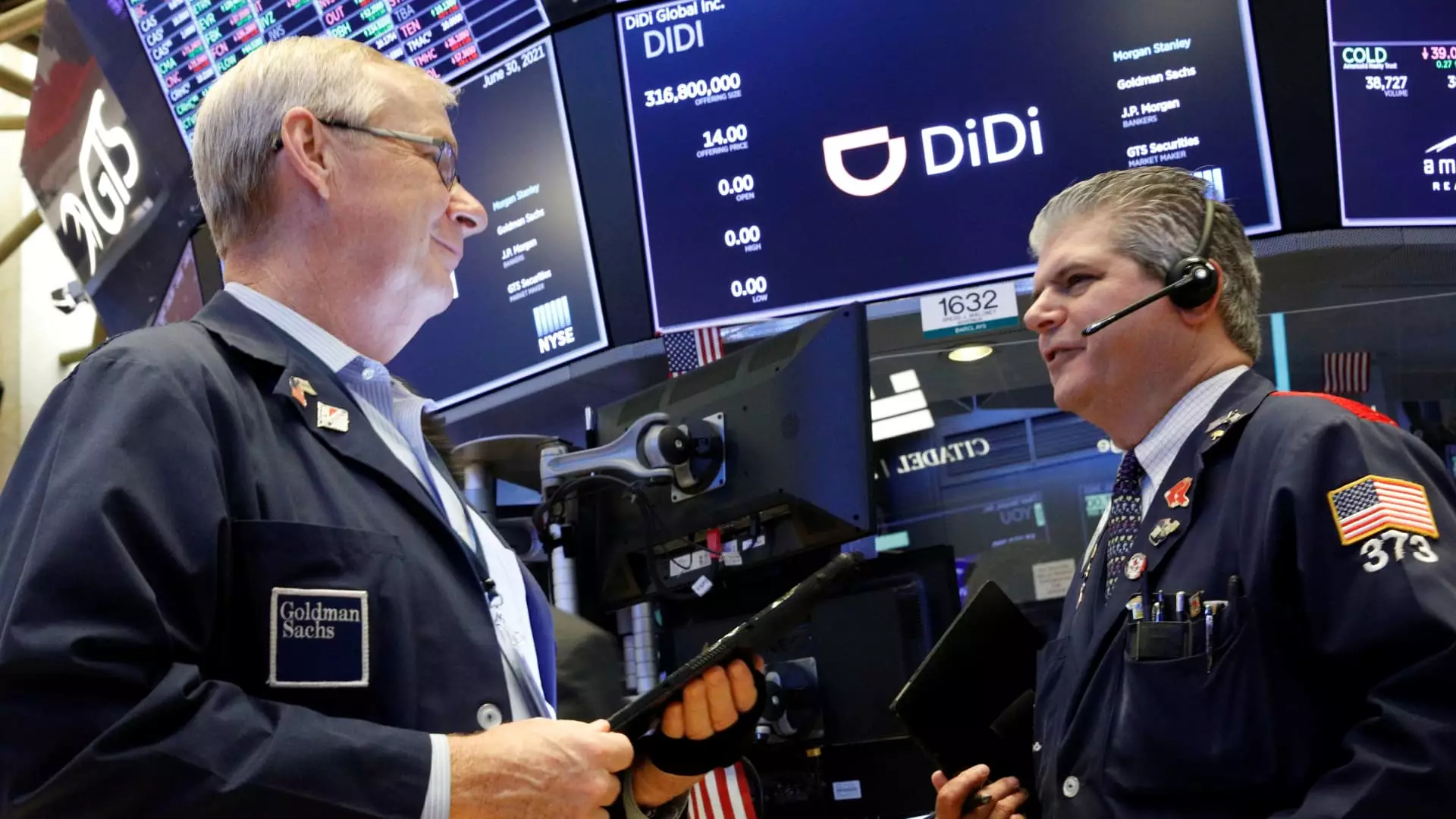Chinese companies have shown a strong desire to list on U.S. stock exchanges, but the IPO process has become increasingly complex, according to Kobe Ge, the head of China at the New York Stock Exchange. Although there were challenges due to COVID-19 restrictions and regulatory uncertainty, many of these issues have been resolved, and there is still significant interest from Chinese businesses in listing in the U.S. However, these companies are not as familiar with the procedures and are finding the process more challenging lately.
In the past, listing in the U.S. was relatively straightforward and would typically take Chinese firms just four-and-a-half to five months to complete an IPO. However, with the implementation of new procedures by the China Securities Regulatory Commission (CSRC), companies now need to invest a 12-month preparation period due to the additional requirements. These new measures, effective since March 31, outline the filing process for domestic companies seeking to list abroad and mandate compliance with national security measures and personal data protection laws.
Political tensions between the U.S. and China have added further uncertainty to Chinese listings on U.S. exchanges. President Joe Biden’s executive order in August aims to regulate new U.S. investments and technology supporting China’s development of sensitive tech. While the specifics of this order are yet to be released, Chinese companies and investors are cautious, prompting a wait-and-see approach. The tensions have affected listing opportunities, particularly for smaller Chinese companies.
Despite the challenges, Kobe Ge remains optimistic that Chinese listings will rebound in overseas markets. He emphasizes the importance of domestic firms focusing on building strong business models. In this analogy, the situation is likened to a ship at sea. While it’s vital to pay attention to external factors such as the weather, it is equally important to ensure the ship itself is well-built. Investors now prioritize mature business models and predictable profits over solely high growth prospects. Therefore, Chinese companies must “build a very good ship” to attract investors.
Kobe Ge predicts that the overall U.S. IPO market will improve in the April to October period next year. Robert H. McCooey, Jr., a vice chairman at Nasdaq, shares a similar view and underscores the strong pipeline of Chinese companies planning to list on the exchange. As of now, there are 116 companies in the process or planning to file for IPOs, compared to the 65 companies mentioned in an earlier interview in June. This signifies a significant increase. The total market capitalization of Chinese companies listed on U.S. exchanges was $1.03 trillion as of January 2023, according to official data.
While Chinese companies face greater complexity in the IPO process for U.S. stock exchanges, there remains a strong appetite for listings. Overcoming challenges posed by COVID-19 restrictions, regulatory uncertainty, and political tensions will require careful navigation and adaptation. By understanding and adhering to the new measures set by the CSRC, Chinese businesses can navigate the IPO process successfully. As they continue to focus on building robust business models and fostering predictable profits, the outlook for Chinese listings in overseas markets remains positive. The long-term partnership between Chinese companies and U.S. stock exchanges has the potential to strengthen economies and promote global collaboration.


Leave a Reply